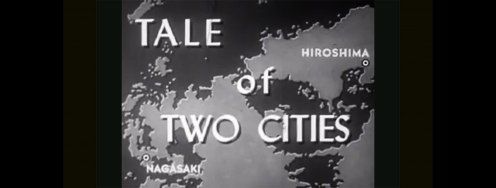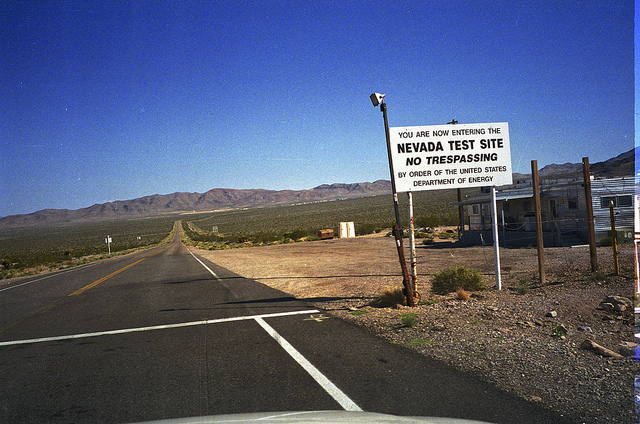Fukushima “Aftershocks” Continue
Japan’s victory in the women’s World Cup championship owned the headlines earlier this week. The news provided some much needed morale-building four months after the catastrophic earthquake and tsunami devastated much of the nation.
Unfortunately, it seems that Japan’s 15 minutes of fame has already passed as far as the mainstream media is concerned. Despite the lack of widespread scrutiny, however, new revelations continue to emerge about risks from the ongoing nuclear disaster at the Fukushima site. Most are clearly bad news. But there is also some good news – the “aftershocks” from Fukushima are opportunities to prevent such risks in the future.
First, the bad news. Just this week, cattle from the Fukushima region were found to have high levels of radioactive cesium in their bodies. The source is likely straw feed that had been contaminated during the days and weeks when the reactors were melting down. Japan had already introduced restrictions on crops and products from around the plant, but this latest episode reminds us that the impacts from the mess will continue to manifest for a long time. Tens of thousands of people evacuated during the height of the crisis have little hope of returning home as the zone around the plant will be indefinitely unsafe.
TEPCO, the Tokyo Electric Power Company that owns and operates the plant, is attempting to implement its roadmap to stabilize the situation and begin cleanup. But at the moment they are still simply working to keep temperatures down and enough water circulating to be able to enter all areas of the plant. It is troubling that their roadmap has as many gaps in information as it does specific goals for the work.
In any event, it will another six months before they hope to have consistent presence at the damaged reactors; and then years before any effective clean-up can make a dent.
On to the good news. In the wake of the Fukushima incident governments and regulatory agencies around the world are re-examining their views on nuclear safety. There has been a healthy and rapid response to the event. Already we have seen bold statements and plans from nations like Germany to entirely phase out nuclear power from their grids over the next decade. China is reconsidering how quickly to move on its ambitious plans to build dozens of new plants. Here in the U.S., the Nuclear Regulatory Commission (NRC) quickly produced a report with specific findings and recommendations to improve safety at U.S. nuclear plants. The NRC chair has urged that these policy changes be implemented quickly – within 90 days. While the entire commission is split as to whether and how fast to move, it is notable and rare for the NRC to consider such sweeping and rapid shifts.
The bottom line is that the world seems to be learning an important lesson: nuclear technology is inherently dangerous. Even the best human planning cannot anticipate what Mother Nature can cook up. As we wrote in late March when the Fukushima crisis was in full tilt, a large dose of humility needs to be administered to those who think that technology is an absolute fix or that humans are always in control.
Whether fuel rods in a reactor, plutonium in a bomb or anything in between, we must never forget the key lesson from Fukushima – when you think you have thought of everything that can go wrong and designed ways to prevent it, think again.



